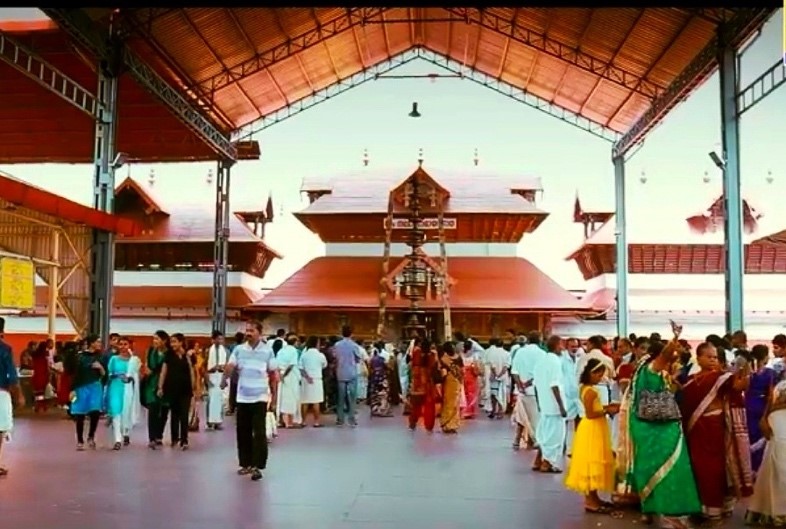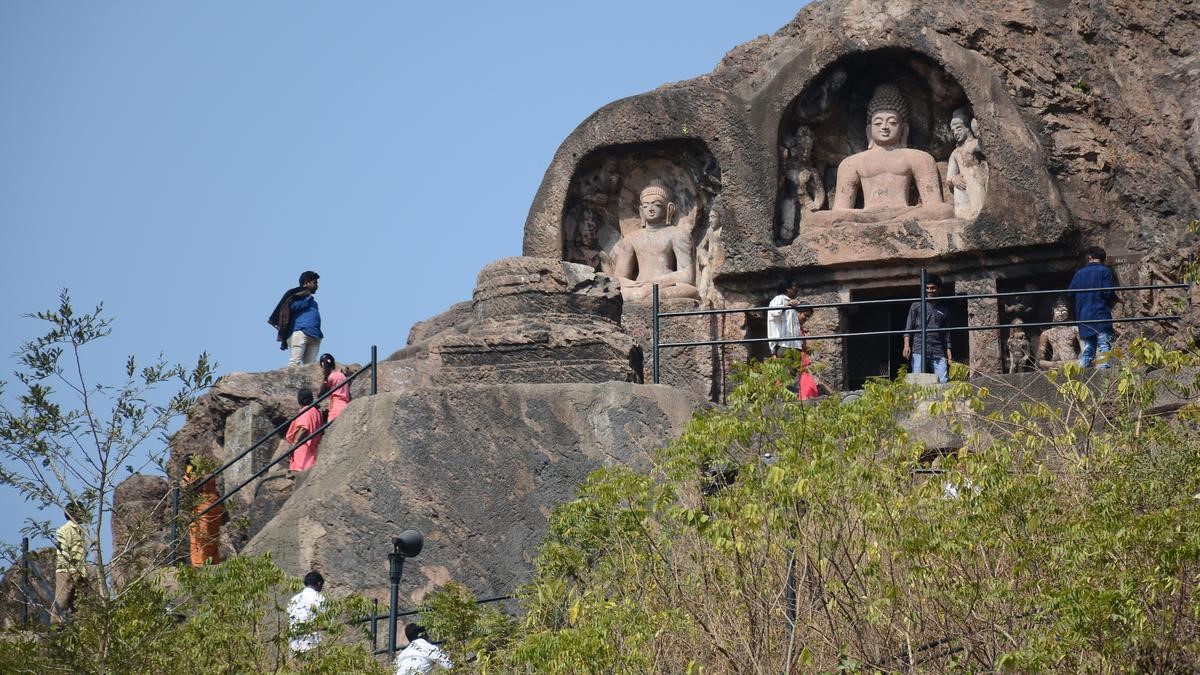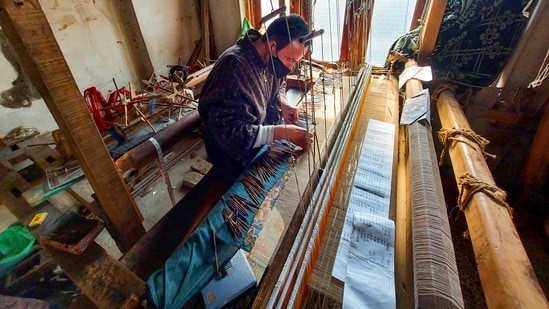Description

Copyright infringement not intended
Context:
Maharashtra’s Deputy Chief Minister are in Moscow to unveil the statue of Lok Shahir (balladeer) Annabhau Sathe at the All-Russia State Library for Foreign Literature. An oil painting of Sathe, who passed away in 1969, will also be unveiled at the Moscow’s Indian consulate. The programme is part of events being held to mark 75 years of Indian Independence, and to also celebrate India-Russia relationship.
Who was Annabhau Sathe?
- Tukaram Bhaurao Sathe, who later came to be known as Annabhau Sathe, was born in a Dalit family on August 1, 1920 in Maharashtra’s Wategaon village in Satara district.
- In 1934, Mumbai witnessed a workers’ strike under the leadership of Lal Bawta Mill Workers Union in which he participated.
- During his days at the Matunga Labour Camp, he got to know R B More, an associate of Dr Babasaheb Ambedkar in the famous ‘Chavdar Lake’ satyagraha at Mahad, and joined the labour study circle.
- Being a Dalit, he was denied schooling in his village. It was during these study circles that he learned to read and write.
- Sathe wrote his first poem on the menace of mosquitoes in the labour camp.
- He formed Dalit Yuvak Sangh, a cultural group and started writing poems on workers’ protests, agitations. The group used to perform in front of the mill gates.
- Progressive Writers Association was formed at the national level at the same time with the likes of Premchand, Faiz Ahmad Faiz, Manto, Ismat Chugtai, Rahul Sankrutyayan, Mulkraj Anand as its members. The group would translate the Russian work of Maxim Gorky, Anton Chekhov, Tolstoy, Ivan Turgenev into Marathi, which Sathe got hooked on.
- It not only had an ideological impact on him, but inspired him to write street plays, stories, novels etc. In 1939, he wrote his first ballad ‘Spanish Povada’.
- Sathe and his group travelled across Mumbai campaigning for workers’ rights.
- Sathe churned out 32 novels, 13 collections of short stories, four plays, a travelogue and 11 povadas (ballads).
- Several of his works like ‘Aklechi Goshta,’ ‘Stalingradacha Povada,’ ‘Mazi Maina Gavavar Rahili,’ ‘Jag Badal Ghaluni Ghav’ were popular across the state.
- In 1943, he along with Amar Sheikh and Datta Gavhankar, formed the Lal Bawta Kala Pathak. The group toured across Maharashtra presenting programmes on caste atrocities, class conflict, and workers’ rights.
- He dedicated his most famous novel Fakira to Dr Ambedkar.
- In 1943, he was part of the process that led to the formation of the Indian Peoples Theatre Association (IPTA). He became its national president in 1949. Sathe’s work was influenced by Marxism, but at the same time he brought out the harsh realities of the caste system.
- Famous Marathi poet Baburao Bagul once called Sathe the Maxim Gorky of Maharashtra. Sathe was immensely inspired by Gorky’s ‘The Mother’ and the Russian revolution, which was reflected in his writings.
- Sathe’s literature is closely related to the then Communist Russian literature which was a mixture of reality and art.

https://indianexpress.com/article/explained/explained-culture/who-was-activist-author-annabhau-sathe-8148840/















